- Introduction
- Identification systerm
- Taxonomic Knowledge
- Use
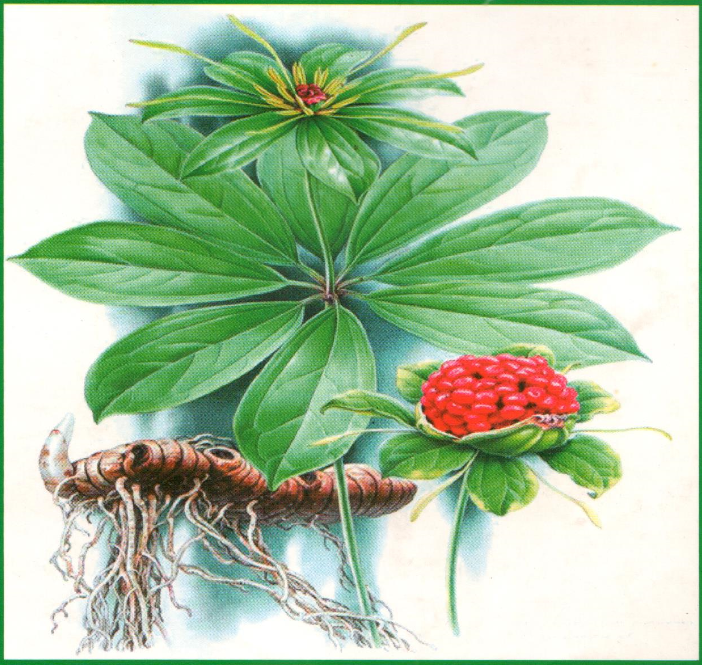 The genus Paris L.(Melanthiaceae) contains 30 species of perennial herbs worldwide according to The Plant List, which are distributed across the tropical and temperate regions of Eurasia (Li, 2008). The greatest number of species are found in China (25 species), and most of them are mainly distributed in southwestern China. Paris species have been the important traditional Chinese folk medicine for a long time, and these species are valued for their putative antitumor, sedative, analgesic, cough and asthma suppressing, immunomodulatory, and hemostatic effects. In fact, both P. polyphylla var. yunnanensis (Franch.) Hand.-Mazz. and P. polyphylla var. chinensis (Franch.) H. Hara have been included in the 2020 edition of Chinese Pharmacopoeia as a result of their definitive medicinal properties, and they have been used as the main raw ingredients of over 80 kinds of proprietary Chinese medicine products, including Yunnan Baiyao, Gongxuening Capsules, and Jidesheng Sheyao Leaflets.
The species within the genus Paris, however, are morphologically very similar, with a single stem, single whorl of leaves, and a solitary terminal flower. And the species and varieties are difficult to distinguish by both researchers and workers engaged in Paris cultivation and development. Thus, an accurate and efficient taxonomic identification system for the genus is greatly needed.
The online taxonomic identification system for the genus Paris is based on the random forest algorithm and web development technology, which combine both traditional taxonomic methods and machine learning. The identification system is accurate, efficient, and easy to use and and it can be used for the taxonomic identification of 15 species and 6 varieties within the genus. In addition, the system can be accessed online and does not require downloading or installation. Overall, this online taxonomic identification system represents a new and valuable tool for the identification of Paris species, and more efforts will be made to improve and upgrade the system in the future.
The genus Paris L.(Melanthiaceae) contains 30 species of perennial herbs worldwide according to The Plant List, which are distributed across the tropical and temperate regions of Eurasia (Li, 2008). The greatest number of species are found in China (25 species), and most of them are mainly distributed in southwestern China. Paris species have been the important traditional Chinese folk medicine for a long time, and these species are valued for their putative antitumor, sedative, analgesic, cough and asthma suppressing, immunomodulatory, and hemostatic effects. In fact, both P. polyphylla var. yunnanensis (Franch.) Hand.-Mazz. and P. polyphylla var. chinensis (Franch.) H. Hara have been included in the 2020 edition of Chinese Pharmacopoeia as a result of their definitive medicinal properties, and they have been used as the main raw ingredients of over 80 kinds of proprietary Chinese medicine products, including Yunnan Baiyao, Gongxuening Capsules, and Jidesheng Sheyao Leaflets.
The species within the genus Paris, however, are morphologically very similar, with a single stem, single whorl of leaves, and a solitary terminal flower. And the species and varieties are difficult to distinguish by both researchers and workers engaged in Paris cultivation and development. Thus, an accurate and efficient taxonomic identification system for the genus is greatly needed.
The online taxonomic identification system for the genus Paris is based on the random forest algorithm and web development technology, which combine both traditional taxonomic methods and machine learning. The identification system is accurate, efficient, and easy to use and and it can be used for the taxonomic identification of 15 species and 6 varieties within the genus. In addition, the system can be accessed online and does not require downloading or installation. Overall, this online taxonomic identification system represents a new and valuable tool for the identification of Paris species, and more efforts will be made to improve and upgrade the system in the future.
Before using the system, please browse theKnowing Paris polyphylla andTaxonomic Knowledge of the Genus Parissections.Then, complete the following questionnaire using the specimen(s) in your hands!
The key morphologic and taxonomic properties of the genus Paris are described here to ensure accurate identification.
1. Rhizome shape
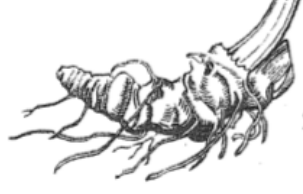

2.Leaf petiole

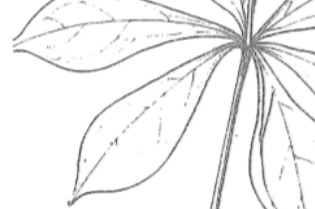
3.Blade shape
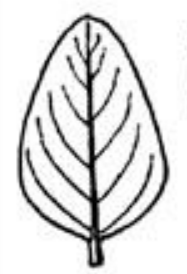

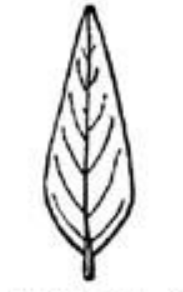


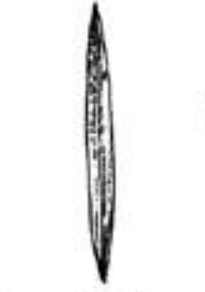
4.Blade base shape
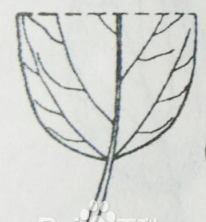
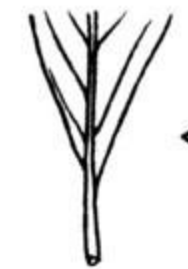

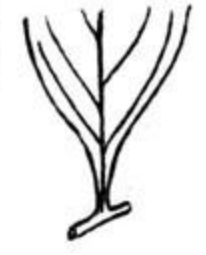
5.Blade apex shape




6.Sepal shape
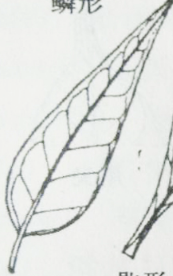
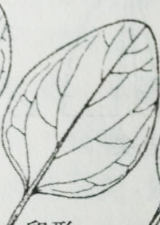
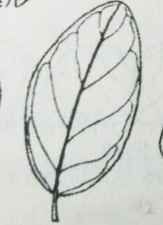

7.Petal shape
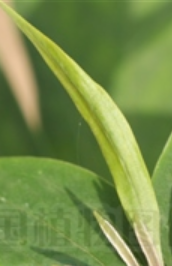
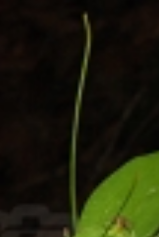
8.Stylopodium color
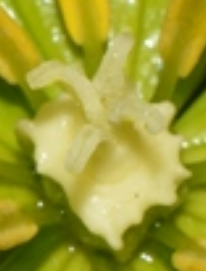
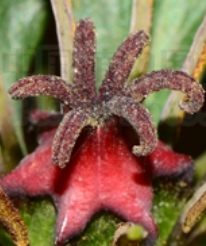
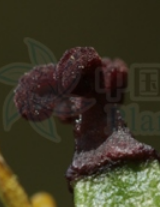
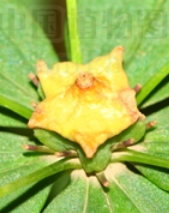
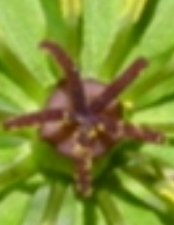
9.Style shape
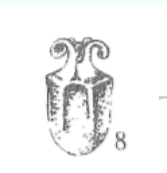
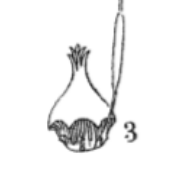
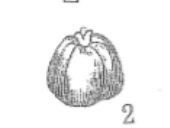
10.Fruit shape
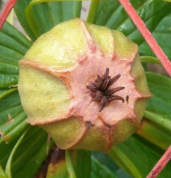
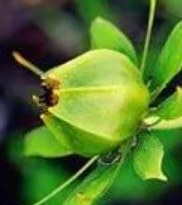

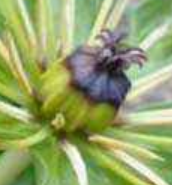
11.Fruit type
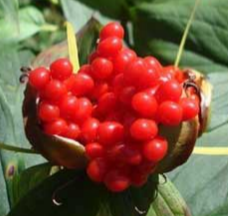
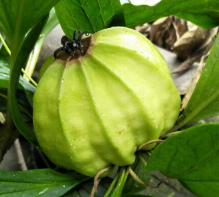
12.Placentation

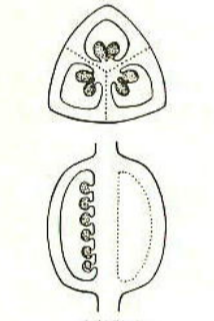
- Description of system function
- Identification scope of this system
- Definitions of abbreviations for each province and municipality
- Instructions for using the system
Description of system function
The online taxonomic identification system for the genus Paris combines traditional morphologic classification methods and machine learning algorithms. The system is used for the taxonomic assessment of unidentified Paris specimens, rather than as a universal classification tool. The system differs from common software like morphological color and flower recognition, that is . System users are expected to possess some experience and basic knowledge of Paris morphology and anatomy. The accurate classification of Paris species is challenging. It is hoped that the system will serve as an auxiliary tool during the identification of medicinal herbs, and efforts will be made to improve and upgrade the system in the future.
Special Note: This system is for non-commercial purposes. The high-resolution images in the system were obtained from the Plant Photo Bank of China, Chinese Field Herbarium, and Bing. We would like to express our sincere gratitude to the authors of these resources!
Identification scope of system
Due to the current paucity of specimen information (lack of sufficient taxonomic features for machine learning), the system currently only supports the taxonomic identification of 15 species and six varieties, as shown in the following table:
| Subgenus | Group | Species/Subspecies | Latin name |
|---|---|---|---|
| Subgenus lateral membrane | Dunniana | Paris dunniana | Paris dunniana Lévl. |
| Subgenus lateral membrane | 蚤休组 | Paris cronquistii | Paris cronquistii (Takht.) H. |
| Subgenus lateral membrane | 蚤休组 | Paris vietnamensis | Paris vietnamensis (Takht.) H. |
| Subgenus lateral membrane | 蚤休组 | Paris delavayi | Paris delavayi Franch. |
| Subgenus lateral membrane | 蚤休组 | Paris polyphylla var.petiolata | var. petiolata (BakerexC. H. Wright) H. Li |
| Subgenus lateral membrane | 蚤休组 | Paris daliensis | Paris daliensis H. |
| Subgenus lateral membrane | 蚤休组 | Paris polyphylla var. yunnanensis | var. yunnanensis (Franch.)Hand. -Mazz. |
| Subgenus lateral membrane | 蚤休组 | Paris polyphylla var. polyphylla | var. polyphylla Franch. |
| Subgenus lateral membrane | 蚤休组 | Paris polyphylla var. alba | var. alba H. |
| Subgenus lateral membrane | 蚤休组 | Paris polyphylla var. stenophylla | var. stenophylla Franch. |
| Subgenus lateral membrane | 蚤休组 | Paris polyphylla var. pseudothibetica | var. pseudothibetica H. |
| Subgenus lateral membrane | 蚤休组 | Paris mairei | Paris mairei Lévl. |
| Subgenus lateral membrane | 蚤休组 | Paris marmorata | Paris marmorata Stearn |
| Subgenus lateral membrane | Ball medicine septum | Paris fargesii | Paris fargesii Franch. |
| Subgenus lateral membrane | Paris thibetica | Paris thibetica | Paris thibetica Franch. |
| Subgenus lateral membrane | Paris thibetica | Paris polyphylla var. apetala | var. apetala Hand. -Mazz. |
| Central axis subgenus | Paris axialis | Paris forrestii | Paris forrestii (Takht.) H. |
| Central axis subgenus | Paris verticillata | Paris bashanensis | Paris bashanensis |
| Central axis subgenus | Paris verticillata | Paris verticillata | Paris verticillata M. Bieb. |
| Central axis subgenus | Paris verticillata | Paris incompleta | Paris incompleta M. Bieb. |
| Central axis subgenus | Paris verticillata | Paris quadrifolia | Paris quadrifolia L. |
Definitions of abbreviations for each province and municipality
| Geographic location | Province/City | Abbreviation |
| North China | Beijing | BJ |
| North China | Tianjin | TJ |
| North China | Hebei | HE |
| North China | Shanxi | SX |
| North China | Inner Mongolia | IM |
| Northeast China | Liaoning | LN |
| Northeast China | Jilin | JL |
| Northeast China | Heilongjiang | HL |
| East China | Shanghai | SH |
| East China | Jiangsu | JS |
| East China | Zhejiang | ZJ |
| East China | Anhui | AH |
| East China | Fujian | FJ |
| East China | Jiangxi | JX |
| East China | Shandong | SD |
| central China | Henan | HA |
| central China | Hubei | HB |
| central China | Hunan | HN |
| South China | Guangdong | GD |
| South China | Guangxi | GX |
| South China | Hainan | 琼 |
| Southwest China | Chongqing | CQ |
| Southwest China | Sichuan | SC |
| Southwest China | Guizhou | GZ |
| Southwest China | Yunnan | YN |
| Southwest China | Xizang | XZ |
| Northwest China | Shaanxi | SN |
| Northwest China | Gansu | GS |
| Northwest China | Qinghai | QH |
| Northwest China | Ningxia | NX |
| Northwest China | Xinjiang | XJ |
Instructions for using the system
To ensure accurate identification and to enhance the user experience, the following instructions and precautions are provided:
- To ensure accurate identification, the specimen must belong to the genus Paris.The Knowing Paris polyphylla section provides the overall morphological characteristics of the genus in detail,long with a representative and annotated diagram of a Paris specimen.
- Basic taxonomic and anatomic knowledge are helpful for accurately assessing specimen characteristics.The Taxonomic Knowledge of the Genus Paris section will explain the potential states of specific morphological features, such as the variety of types of leaf shape found in the genus, along with corresponding diagrams for clarity.
- Use theidentification system,fill in the questionnaire correctly.The identification system is a collection of 31 questions that assess seven major categories of characteristics, including specimen collection site and characteristics of stems, leaves, sepals, flowers, fruits, and seeds.Users that lack taxonomic knowledge of the genus Paris can complete the identification system questionnaire by referring to the Taxonomic Knowledge of the Genus Parissection.In addition, a default value is set for each question in the questionnaire, and users are allowed to skip questions if they are unable to assess the taxonomic features of a specific organ decisively.
- Submit the questionnaire to obtain identification results. Once users complete the questionnaire, they should click on the button at the bottom of theidentification system page to jump to the results page. After 1-2 seconds, the system will provide the three most likely species, along with species descriptions and the relative predicted probabilities of each. Users can then determine the species identity of their specimen(s) by considering the full morphologic descriptions of the most likely species.
